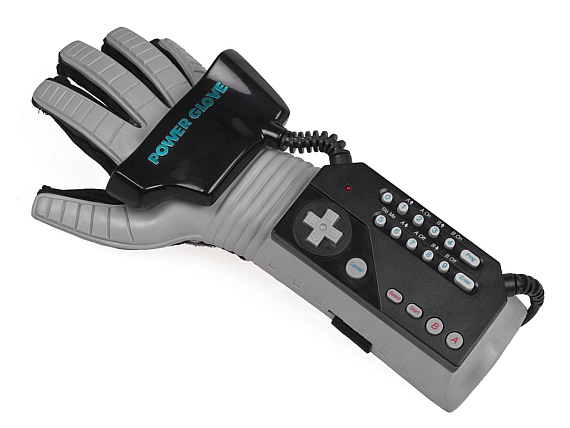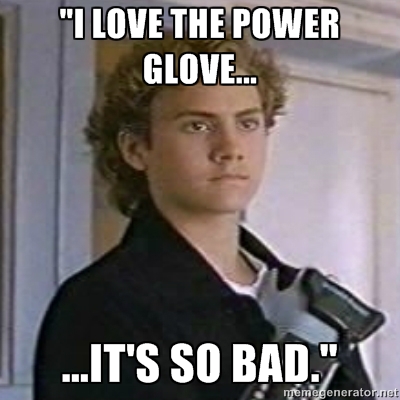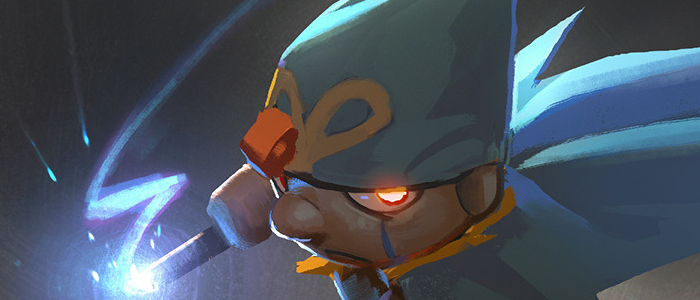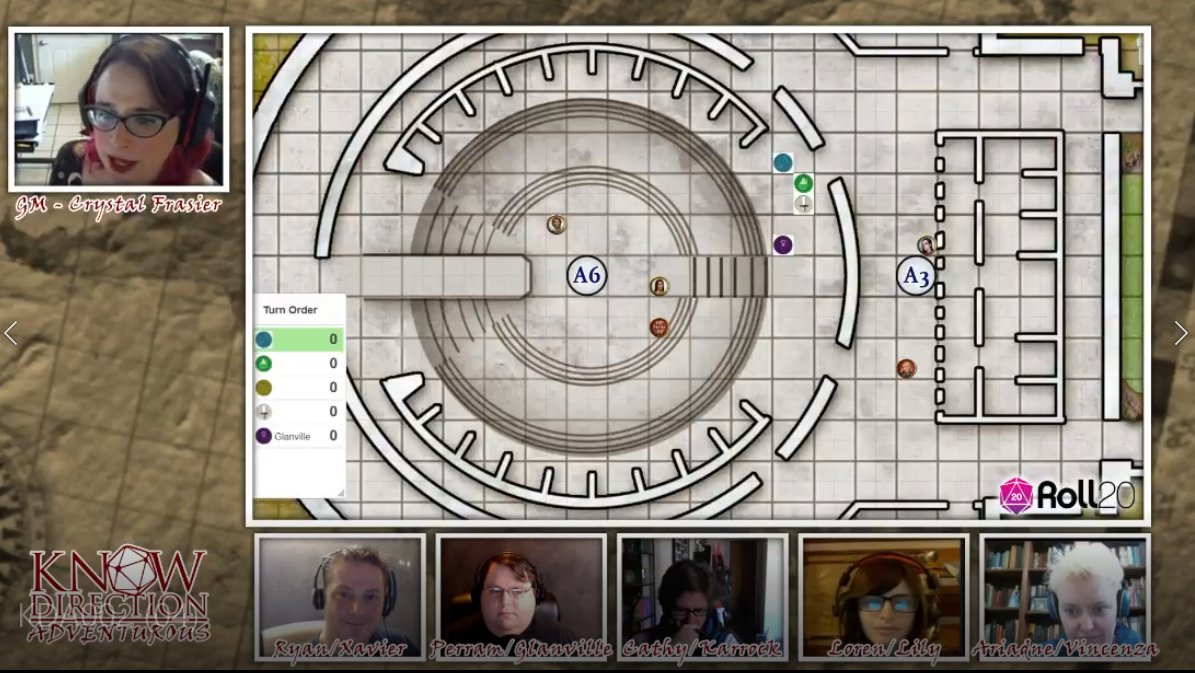Hello, and welcome to Guidance! Today’s topic is one that I’ve wanted to cover for a few weeks now, but it’s a difficult one for me to talk about because it edges on the notion that I am going to reveal to some mistakes I’ve seen freelancers send to me for publication. Aka, these are mistakes I’ve literally payed for. What makes this doubly awkward is that as of the publication of this blog post, I’ve hired Andrew, Luis, Monica, James, and Randal for various products, so for all they know they might have been guilty of the design crime that I am going to talk about. But personally, I don’t think that anyone should be ashamed of making a faux pas when they design because everyone does it, everyone’s done them, and everyone will do them. That is life. Whether you’re Max Newbie or Jason Bulmahn, you’re going to make mistakes and the sooner you admit this to yourself the sooner you’ll be ready to grow as a designer.
Today, I’m going to take about an error that is less mechanical in nature, and more philosophical. I’m talking specifically about purposeful design, but before I can do that I need to give you a bit of an anecdote….
An Anecdote
I want you to imagine that you’re a kid again. Let’s say somewhere between the ages of 8 and 12 years old. You’re sitting in your den playing Nintendo when a traveling door to door salesman knocks on your window. “Why, you’re playing Nintendo I see!” the salesman says excitedly. “Do you know what you need to really improve your game?”
Obviously, you’re the most hardcore video gamer ever, so you’re intrigued. “What?!” you ask eagerly with all the anticipation of an 8 to 12 year old.
“Why, the Power Glove of course!” the salesman grins, and he whips out this bad boy for you to drool over.

The Power Glove, an Infinity Gauntlet for your gamer Infinity Stones.
So naturally, you’re like, “HECK YES I WANT THIS MORE THEN I WANT A GOLDEN EGGY CRAZY BONE.” You reach out, prepared to pelt the salesperson with money faster than Fry at a Leela Convention when your friend rests a knowing hand on your shoulder.
That friend is me, and I say, “Touche, salesperson. But what does the Power Glove do? What’s its purpose?”
Purposeful Design Philosophy
When we talk about purposeful design, we’re essentially asking the question, “What does this game mechanic do? What is its reason for existing in our game?” It sounds like a dumb question, but all too often game designers design things that, when you get right down to it, have no mechanical purpose for existing. And I choose the word mechanical very poignantly, because it is very, very easy to create a flavorful reason for something to exist in a campaign setting. Let me give you an example.
Let’s say I’m trying to design a new product that I want to call Star Log.EM-9000: Dragonkin Options. In this product, I know that I want dragonkin characters, these big, hulking, Large creatures, to interact pretty heavily with numerous races of Medium sized humans. So I sit down and I say, “Okay, I’m going to design a feat that makes sense for the flavor that these dragonkin characters are interacting regularly with human characters. This is what I write:
Squeeze Endurance
You can squeeze into areas for a long time without growing tired.
Prerequisite: Dragonkin character.
Benefit: Whenever you’re in an area sized for a Medium creature, you can squeeze into that area for twice the usual amount of time before you become fatigued.
Do you see the problem with this feat? If your answer was, “Wait, you’re fatigued if you squeeze for too long?” you’re corrected! This feat has no purpose because it doesn’t really do anything. In fact, this instance actually creates a rule that doesn’t really exist. Neither Pathfinder nor Starfinder gives you the fatigued condition for squeezing for a long time.
The Dangers of Wasteful Design
When we design things that don’t have a purpose, the end result is a bunch of jarred, angry fans who are legitimately upset that you created a thing that does nothing. A good example of this reaction happening to Paizo is the reaction to the old Prone Shooter feat, which read like this:
Prone Shooter (Combat)
While prone, you use the ground to stabilize your aim while using a crossbow or firearm.
Prerequisites: Weapon Focus (crossbow or firearm), base attack bonus +1.
Benefit: If you have been prone since the end of your last turn, you can ignore the penalty the prone condition imposes on ranged attack rolls you make using a crossbow or firearm with which you have Weapon Focus.
Special: If you have the Prone Slinger feat, Weapon Focus (sling) satisfies this feat’s Weapon Focus prerequisite, and you can apply this feat’s benefit to attack rolls you make using a sling with which you have Weapon Focus.

He means literally bad, not figuratively bad.
Prone Shooter was essentially a feat that did nothing. It talks about ignoring the penalty imposed on ranged attack rolls you make using a crossbow or firearm, but the rules actually don’t penalize you for attacking with crossbows or firearms while prone. What the rules actually say is, “You can’t make ranged attacks while prone.” This is a feat that literally does nothing, but even worse, it references a rule that doesn’t exist. As you can imagine, there were a LOT of unhappy Pathfinder fans at the existence of a feat that literally did nothing.
So what’s the moral of this story? When you create a rule element that you intend for your players to interact with, make sure that rule has a logical, worthwhile purpose. Those purposes don’t have to be completely equal, and they don’t necessarily need to be desirable. But when you look at a rule, it should be easy to discern that (A) the rule has a reason for being there, and (B) that rule makes sense and works in a logical way. In my example of the Power Glove, that accessory does NOT have a logical purpose. For one, you need two hands to operate a Nintendo controller, but the Power Glove places the controller on top of one of your arms, making it impossible for you to have both hands on it at the same time. Since it is a game controller that cannot be used to control games, it has no purpose. Even if the purpose of your magic item is simply to spread butter, having that purpose and having the item’s value reflect the value of that service is decent enough design (if questionable in terms of effort spent designing). But that’s it for this week’s topic. Next week I’m going to switch over to Iconic Design again and show off a Starfinder build that I mentioned on the Solarian Class episode of Know Direction: Beyond. Hopefully it’s out of this world, but I’ll leave that for you to design! Until next time, I’m Alex Augunas and I’m always here for YOU when you need a little bit of Guidance. Take care!
Alexander “Alex” Augunas has been playing roleplaying games since 2007, which isn’t nearly as long as 90% of his colleagues. Alexander is an active freelancer for the Pathfinder Roleplaying Game and is best known as the author of the Pact Magic Unbound series by Radiance House. Alex is the owner of Everyman Gaming, LLC and is often stylized as the Everyman Gamer in honor of Guidance’s original home. Alex also cohosts the Private Sanctuary Podcast, along with fellow blogger Anthony Li, and you can follow their exploits on Facebook in the 3.5 Private Sanctuary Group, or on Alex’s Twitter, @AlJAug.






